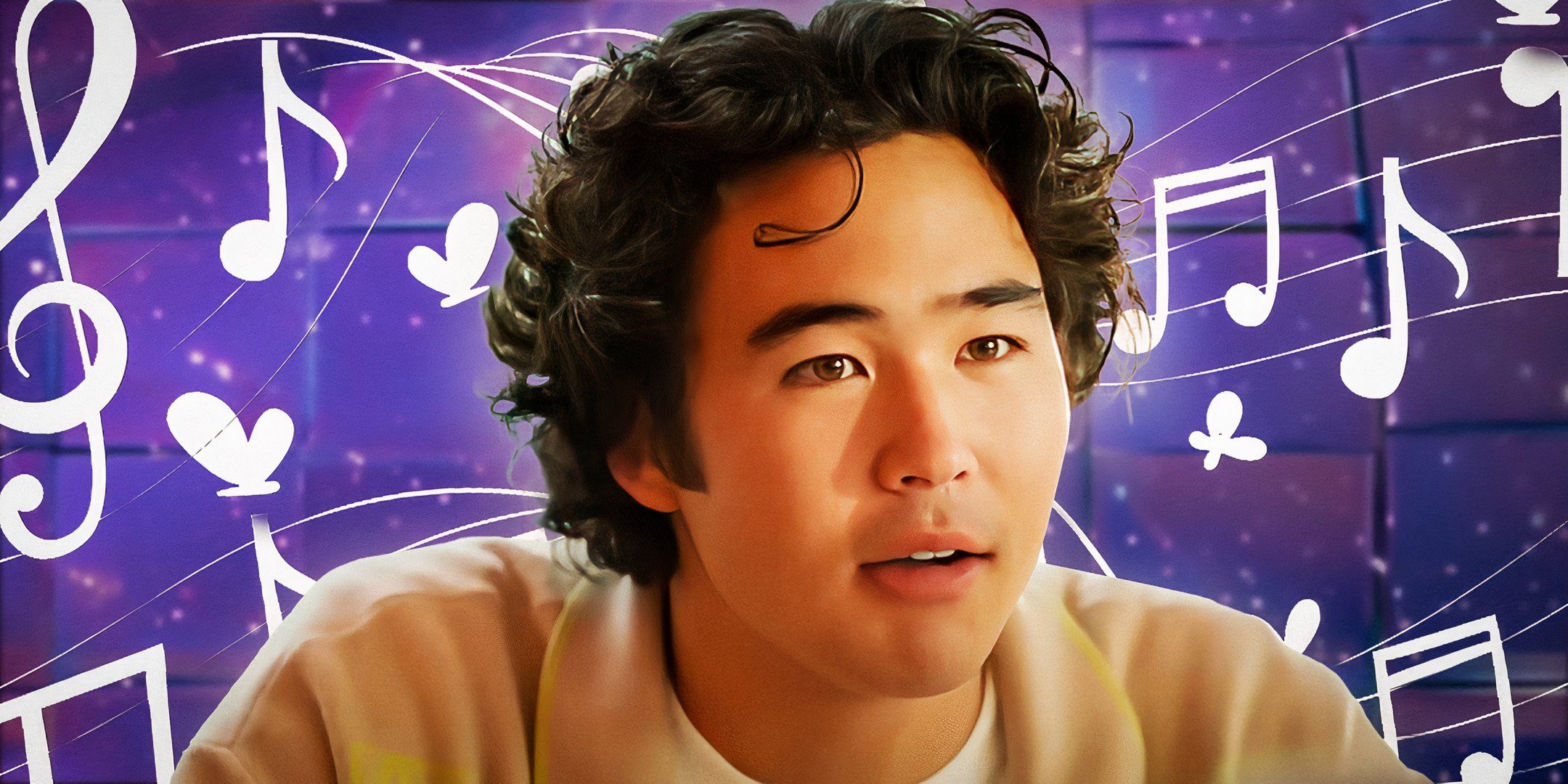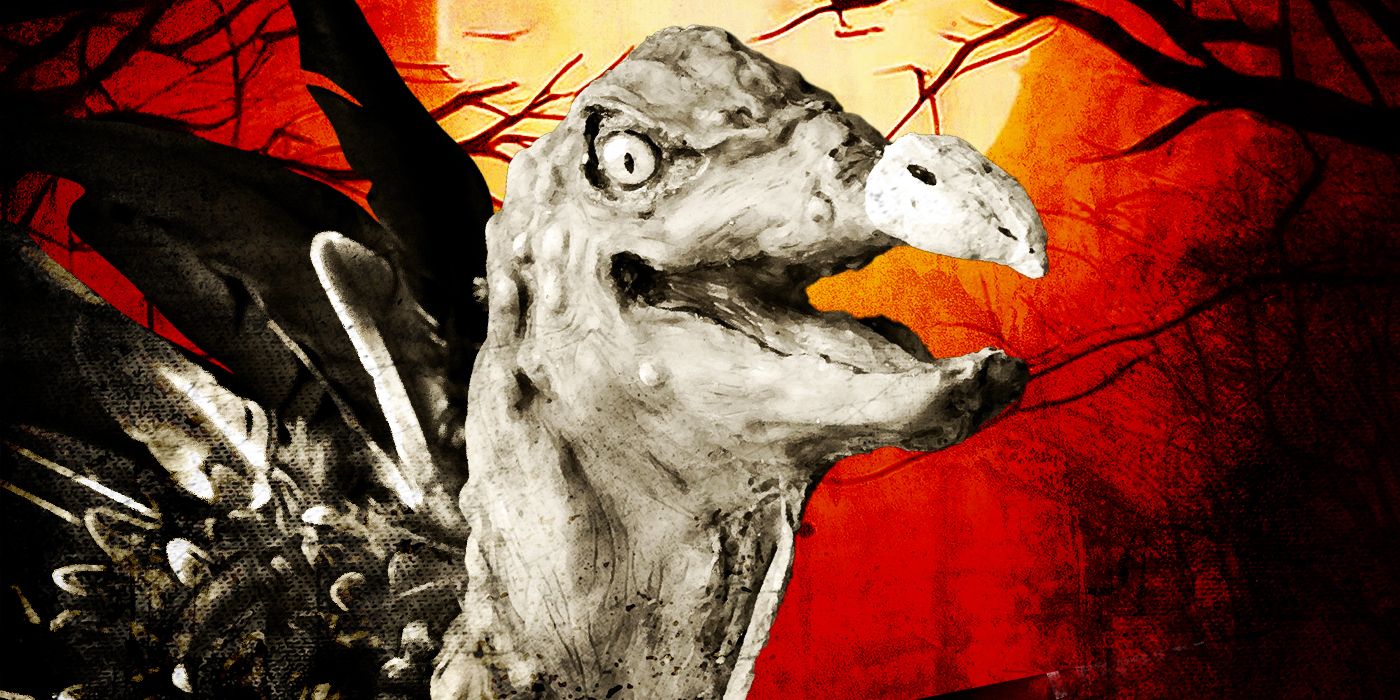This article contains spoilers for The Penguin and The Batman.
Let’s consider two different ways of meeting the Batman.
In 1989, Batman made his onscreen debut by first dropping as a shadow in the background, behind two crooks counting their ill-gotten booty. When he finally appears in full, the Caped Crusader grabs the cowardly and superstitious baddie and stares into his face. “I’m Batman,” he growls.
In 2022, Batman makes a slower, more drawn-out appearance. Voiceover from Bruce Wayne assures us that Batman is present and watching, waiting to make his move. He chooses to intercede in a group of young toughs, preventing them from attacking a civilian. But instead of descending from the rooftops or even diving into action, this Batman slowly walks into the fray, the camera focusing on his feet instead of his cape or cowl.
As cinematic as both shots are, they represent very different approaches to making a Batman movie. In 1989, Tim Burton leaned into the gothic, trying to capture the feel of comic books and creating a dark cousin to the 1960s TV show. In 2022, Matt Reeves emphasized realism, trying to imagine how Batman, the Penguin, and the Riddler could actually exist in our world.
The Batman mostly works, thanks to the filmmaking talents of Reeves and his collaborators. But with the spinoff The Penguin, we see the limitations of trying to be realistic with superheroes, which diminish the outrageous appeal of the characters in pursuit of an aesthetic borrowed from other genres.
In the third episode of The Penguin, Oz and Sofia meet Mr. Bloom, the creator of a powerful drug called Bliss. Comic book readers might know Mr. Bloom from his debut in Batman #43 from 2015, written by Scott Snyder and penciled by Greg Capullo. In that issue, Mr. Bloom is a wispy figure in a sink tight black leotard, a psychodelic flower stitched across his facemask. He speaks with a strange lilt, represented by Steve Wands, even when standing up to the Penguin. By the end of the issue, his drugs make him appear monsterous and distended, a nightmare figure who seems to kill the Penguin.
In The Penguin, Mr. Bloom is a man in a white lab coat. He wears glasses. He has a beard.
Defenders of The Penguin would argue that the comics-accurate Mr. Bloom doesn’t fit the story that Reeves and series showrunner Lauren LeFranc are trying to tell. Psychedelics exist in this world, but not superpowers. And if a man like Oz, with his disfigured face and his limp and girth, has to go to unspeakable ends to gain power in Gotham, how much worse would it be for a skinny weirdo like the Mr. Bloom of the comics.
But that raises a question: why make the scientist Mr. Bloom if he’s going to have almost nothing in common with the character from the comics? He could just as easily be called Mr. Smith or Mr. Johnson. In fact, he deserves such a generic name because he’s such a generic character, wearing exactly what the most thoughtless costume would choose if a scene called for a scientist type to move around in the background.
Obviously, it’s not a big deal that The Penguin wasted Mr. Bloom, a character with only a handful of appearances. Nor is it a real problem that it turned Magpie into a blond Akrham Asulym inmate who didn’t really steal things and didn’t have a cool absurd haircut. I can even forgive changing Oswald Cobblepott to Oz Cobb, a point apparently so important to Warner Bros. that they included a note about the name change next to each of the screeners sent to critics.
It is, however, a big deal that the Penguin never uses a trick umbrella and has no interest in bird-themed crimes. Not because I demand some fealty to the comics, or that creatives lack the right to put their own spin on established characters. But because Colin Farrell often had to struggle against scripts that replaced the waddling, squawking, umbrella-wielding villain of the comics with a generic mobster with mommy issues.
At its best, The Penguin explored the way men build power by abusing women, which seems like a rich topic for a superhero show. After all, superheroes are always power fantasies.
But these moments worked more because of the theme and Cristin Milioti’s captivating performance as Sofia Falcone/Gigante than because of anything relating to Batman, Gotham City, or even the Penguin. In most cases, you could have made the movie about the daughter of a gangster called Carmen Farnesi in New York City, dealing with a rival called Ozzie, and the show wouldn’t be worse.
If anything, it might be better, because it wouldn’t require Farrell to put on a tun of prosthetics and bark lines in a cartoon accent. He could just play a son who wants his mother’s love, who sees an opportunity after a regular old gang fight, not a terrorist attack by the Riddler. Moreover, this alternate version of The Penguin would have to find unique ways of telling a story about a gangster with mommy issues, instead of just reheating plot beats from The Sopranos and trusting that bringing that psychological approach to Batman characters is novelty enough.
Again, one might argue that they like The Penguin precisely because it takes place in Gotham with Batman and the Riddler. But if Batman isn’t going to be the world’s greatest detective, a man whose trauma pushes him to ridiculous ends to prevent anyone else from suffering the same fate, if he isn’t going to work in a cave with a giant penny and a freaking dinosaur, then what’s the point of using Batman at all?
Superheroes aren’t realistic. They are power fantasies, and should be treated as such. For all that The Penguin and The Batman do well, they run the risk of missing out on what superheroes do offer, the over-the-top action, the ridiculous visuals, and, yes, even analysis of power.
Batman can do all of that while dropping from the sky and growling at baddies. He doesn’t have to walk into a battle like a regular guy because he isn’t a regular guy. He’s Batman.
All episodes of The Penguin are now streaming on Max.
The post The Penguin Shows the Major Flaw in Matt Reeves’ The Batman Universe appeared first on Den of Geek.












 Bengali (Bangladesh) ·
Bengali (Bangladesh) ·  English (United States) ·
English (United States) ·